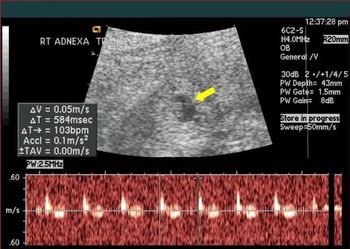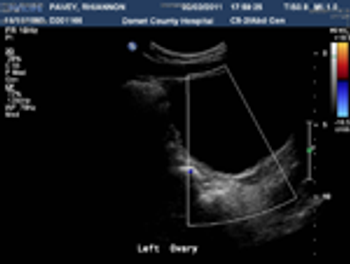
Laparoscopy, looking inside the abdomen through a tube placed through a small incision, is a procedure commonly used by gynecologists to diagnose and treat a number of medical conditions. Since the early 1900's when rudimentary laparoscopes were used to visualize, but not treat, abdominal diseases, advancements in this technique have led to the ability to perform complex surgical procedures through a few small incisions, rather than the larger incisions used in the past.










